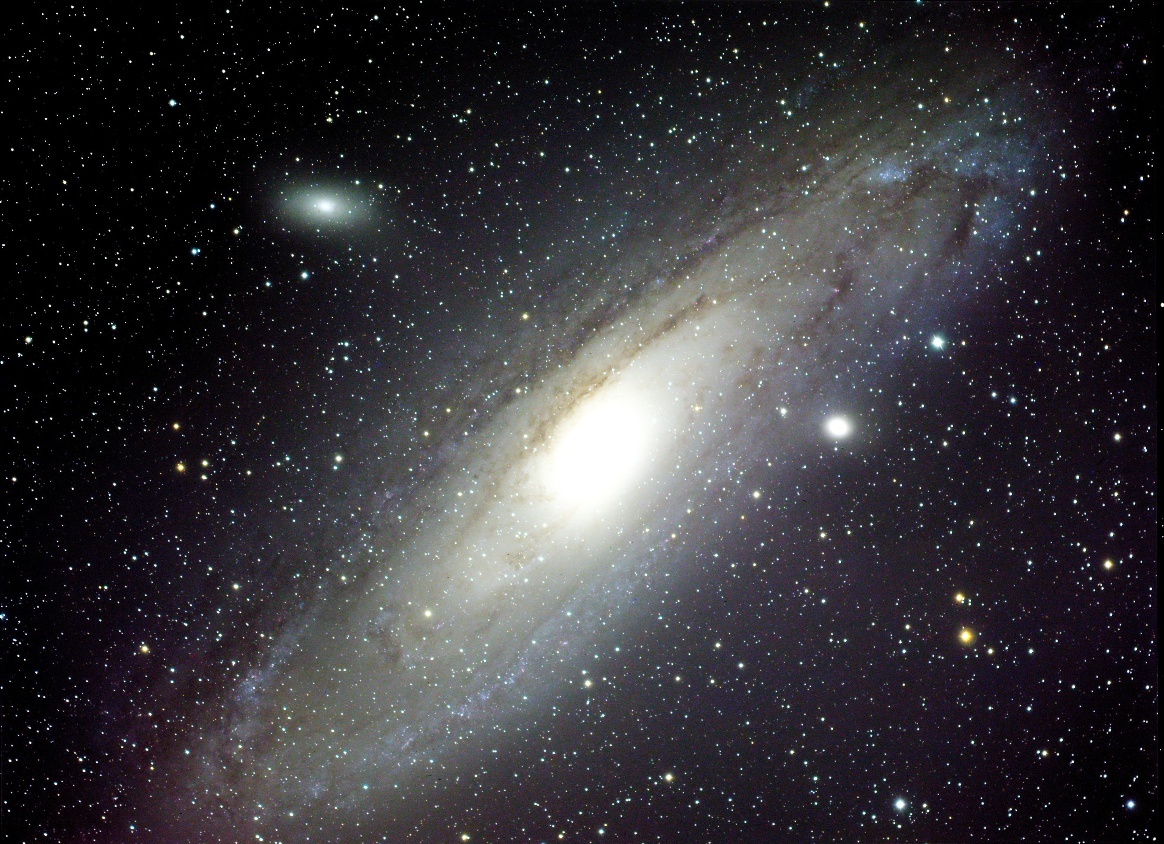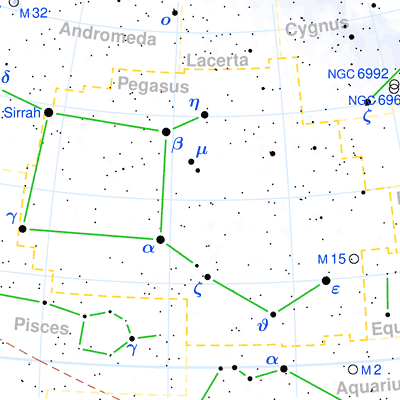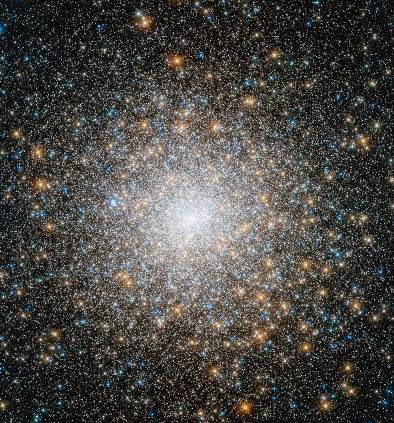In early Autumn the night sky is dominated by the constellation of Pegasus with the famous Square of Pegasus providing an easily identifiable landmark.
Image credit : Torsten Bronger CC BY-SA3.0 Published in seasky.org
The constellation of Pegasus, named after the winged horse in Greek Mythology, was one of the 48 constellations listed by Ptolemy and in remaining as one of the 88 modern constellations it underlines our link with ancient astronomers.Of the four stars making up the square of Pegasus, Delta Pegasi, is now considered to be part of Andromeda. The constellation of Pegasus presents some great targets for the astronomer but alas for the small telescope the views are limited to the globular cluster M15, a few double stars and two or three of the brightest galaxies. If you are lucky enough to own a medium of large telescope you will have a range of galaxies to choose from. Some of the more interesting objects that Pegasus has to offer are as follows:
-
- At magnitude 6.2 the impressive globular cluster M15 is close to naked eye visibility under good observing conditions.With small telescopes and binoculars it appears as a fuzzy star. In a 4 inch telescopes it remains unresolved with perhaps the brightest stars visible but in an 8” star it appears as a bright compact core surrounded by a halo of faint stars and you might make out streams of stars radiating from the core.
- The spiral Galaxy NGC 7331, the brightest galaxy in Pegasus, is visible in small telescopes (and in a dark sky by binoculars) as a small fuzzy oval but larger telescopes show hints of its structure.
- With a telescope of 8” or more it is worth looking for the fine galaxy pair NGC 7332 and 7339; these galaxies are separated by just 5 arcseconds
- Pegasi 51 is a very unremarkable looking 6th magnitude star. What is interesting about this seemingly insignificant star is that it was the first star to be shown to have planets (Mayor and Queloz, 1995).
- In small telescopes, the multiple star system Pi Pegasi reveals a beautiful deep yellow star with four companions.
- Finding the double star 3 Pegasi can be challenging. The primary is at magnitude 6.5 and has a magnitude 8.5 companion about 40 arc seconds away. • An even more challenging double is 57 Pegasi. Although the primary is at magnitude 6.0 it has a dim 10th magnitude companion separated by 33 arcseconds. The dim companion star makes this challenging. Larger telescopes reveal a lovely colour contrast (orange primary, blue companion) .
Although we now stray into the constellation of Andromeda, it is impossible to mention the square of Pegasus without talking about M31, the Andromeda Galaxy, especially as the square of Pegasus is used by many as a pointer to M31.

By David (Deddy) Dayag – Own work, CC BY-SA 4.0, https://commons.wikimedia.org/w/index.php?curid=100182268
M31 is a spiral galaxy some 2.5 million light years away. Although not the closest galaxy to our sun it is the brightest and most easily found galaxy in our night sky. It is a naked eye object in evenly moderately dark sites, and a wonderful sight in binoculars, but as aperture increases so does the beauty of M31. If you have friends or neighbours round who have never looked ay the night sky through binoculars then this is a ‘must see’ object and easily in the top 10 wonders of the night sky.


